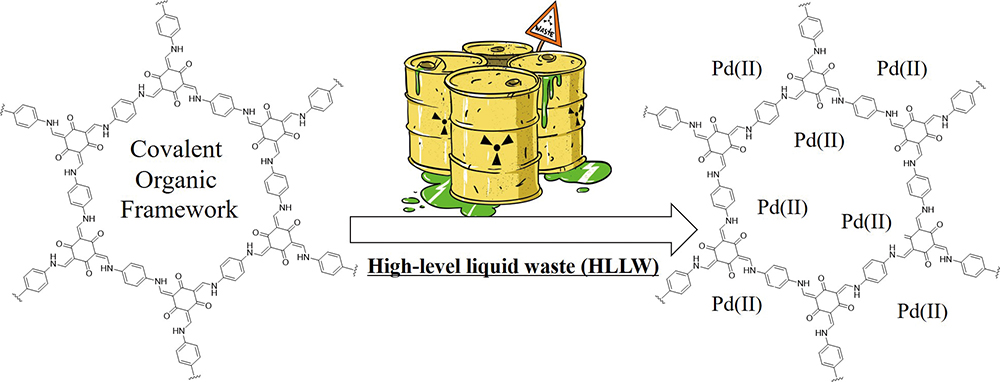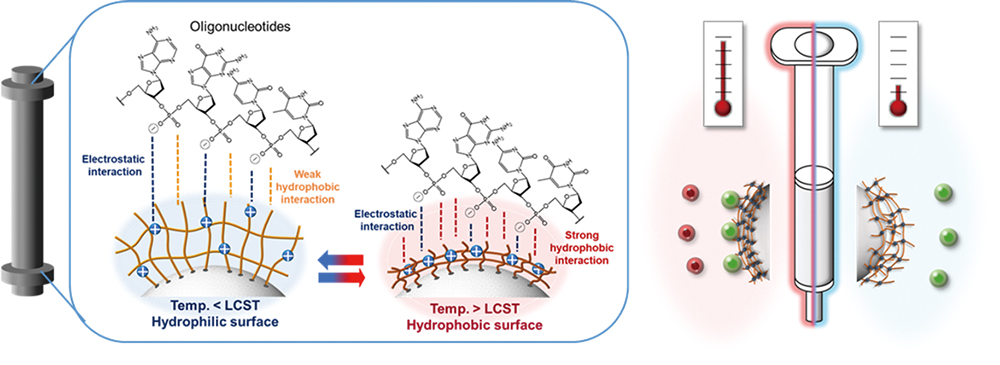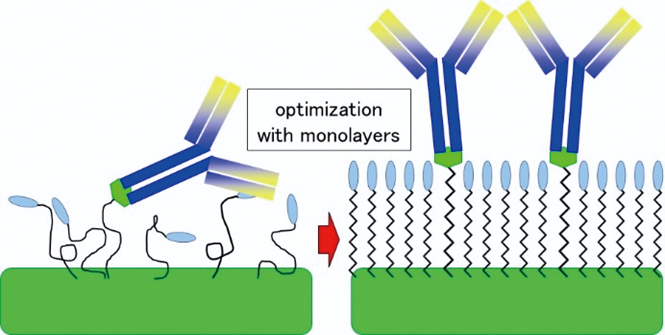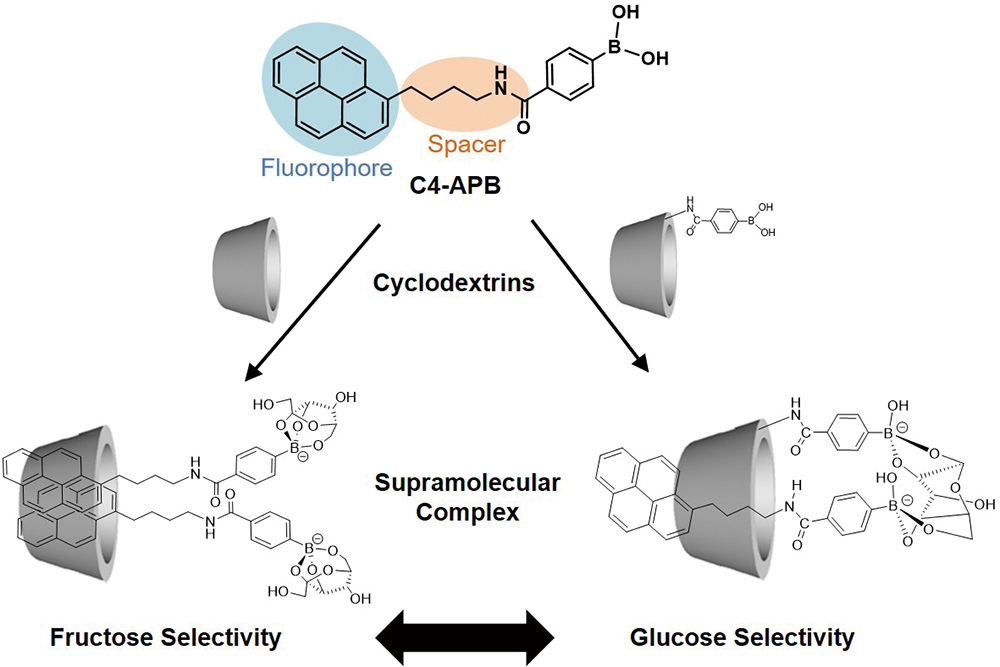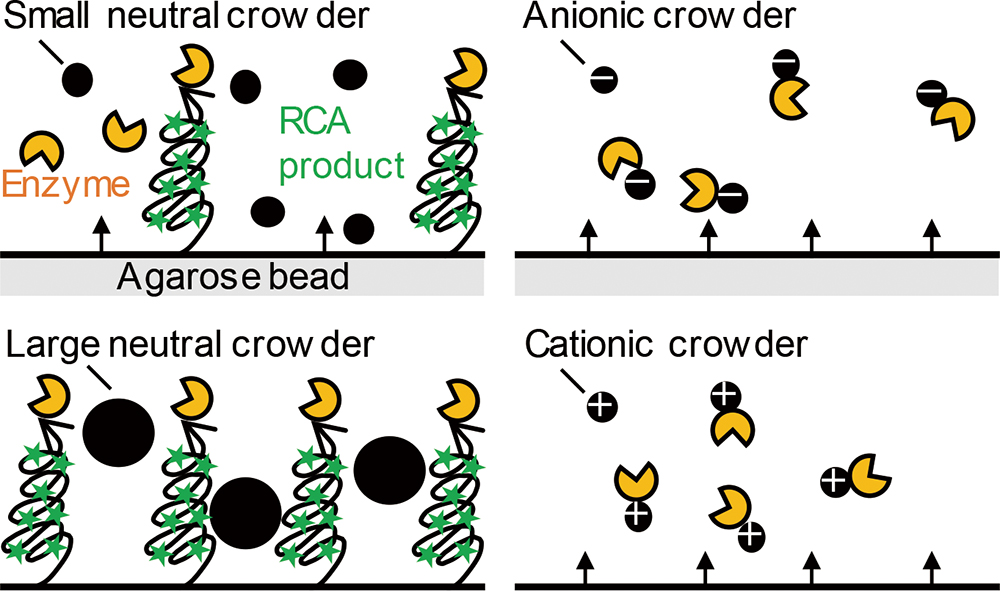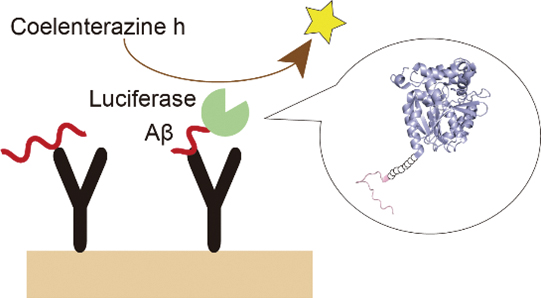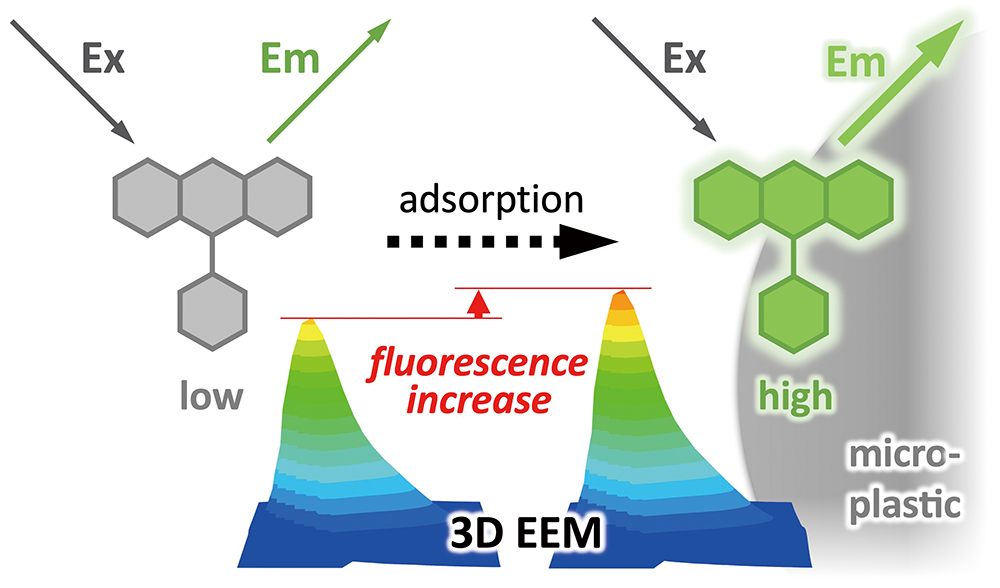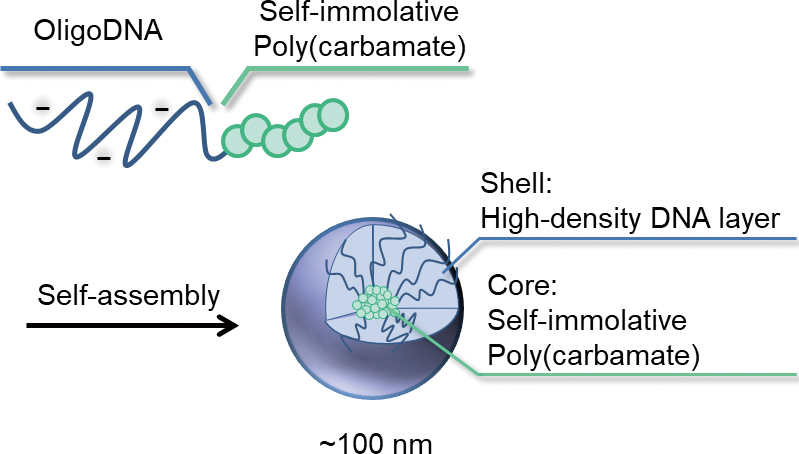Volume 37, Issue 5
Displaying 1-24 of 24 articles from this issue
- |<
- <
- 1
- >
- >|
Highlights
-
Article type: Highlights
2021Volume 37Issue 5 Pages 643-644
Published: May 10, 2021
Released on J-STAGE: May 10, 2021
Download PDF (175K)
Rapid Communications
-
Article type: Rapid Communications
2021Volume 37Issue 5 Pages 645-647
Published: May 10, 2021
Released on J-STAGE: May 10, 2021
Advance online publication: April 09, 2021Download PDF (123K)
Guest Editorial
-
Article type: Guest Editorial
2021Volume 37Issue 5 Pages 649
Published: May 10, 2021
Released on J-STAGE: May 10, 2021
Download PDF (22K)
Reviews
-
Article type: Reviews
2021Volume 37Issue 5 Pages 651-660
Published: May 10, 2021
Released on J-STAGE: May 10, 2021
Advance online publication: January 29, 2021Download PDF (2729K) -
Article type: Reviews
2021Volume 37Issue 5 Pages 661-671
Published: May 10, 2021
Released on J-STAGE: May 10, 2021
Advance online publication: December 25, 2020Download PDF (594K) -
Article type: Reviews
2021Volume 37Issue 5 Pages 673-682
Published: May 10, 2021
Released on J-STAGE: May 10, 2021
Advance online publication: December 25, 2020Download PDF (1100K) -
Article type: Reviews
2021Volume 37Issue 5 Pages 683-689
Published: May 10, 2021
Released on J-STAGE: May 10, 2021
Advance online publication: January 15, 2021Download PDF (1263K) -
Article type: Reviews
2021Volume 37Issue 5 Pages 691-697
Published: May 10, 2021
Released on J-STAGE: May 10, 2021
Advance online publication: January 15, 2021Download PDF (6248K) -
Article type: Reviews
2021Volume 37Issue 5 Pages 699-705
Published: May 10, 2021
Released on J-STAGE: May 10, 2021
Advance online publication: January 22, 2021Download PDF (787K)
Original Papers
-
Article type: Original Papers
2021Volume 37Issue 5 Pages 707-712
Published: May 10, 2021
Released on J-STAGE: May 10, 2021
Advance online publication: January 22, 2021Download PDF (682K) -
Article type: Original Papers
2021Volume 37Issue 5 Pages 713-719
Published: May 10, 2021
Released on J-STAGE: May 10, 2021
Advance online publication: January 29, 2021Download PDF (1051K) -
Article type: Original Papers
2021Volume 37Issue 5 Pages 721-726
Published: May 10, 2021
Released on J-STAGE: May 10, 2021
Advance online publication: January 15, 2021Download PDF (969K) -
Article type: Original Papers
2021Volume 37Issue 5 Pages 727-732
Published: May 10, 2021
Released on J-STAGE: May 10, 2021
Advance online publication: January 22, 2021Download PDF (2972K) -
Article type: Original Papers
2021Volume 37Issue 5 Pages 733-739
Published: May 10, 2021
Released on J-STAGE: May 10, 2021
Advance online publication: January 15, 2021Download PDF (389K) -
Article type: Original Papers
2021Volume 37Issue 5 Pages 741-745
Published: May 10, 2021
Released on J-STAGE: May 10, 2021
Advance online publication: December 25, 2020Download PDF (457K) -
Article type: Original Papers
2021Volume 37Issue 5 Pages 747-751
Published: May 10, 2021
Released on J-STAGE: May 10, 2021
Advance online publication: January 22, 2021Download PDF (383K) -
Article type: Original Papers
2021Volume 37Issue 5 Pages 753-758
Published: May 10, 2021
Released on J-STAGE: May 10, 2021
Advance online publication: January 22, 2021Download PDF (992K) -
Article type: Original Papers
2021Volume 37Issue 5 Pages 759-763
Published: May 10, 2021
Released on J-STAGE: May 10, 2021
Advance online publication: February 12, 2021Download PDF (247K) -
Article type: Original Papers
2021Volume 37Issue 5 Pages 765-771
Published: May 10, 2021
Released on J-STAGE: May 10, 2021
Advance online publication: January 22, 2021Download PDF (1681K) -
Article type: Original Papers
2021Volume 37Issue 5 Pages 773-779
Published: May 10, 2021
Released on J-STAGE: May 10, 2021
Advance online publication: February 19, 2021Download PDF (1404K)
Notes
-
Article type: Notes
2021Volume 37Issue 5 Pages 781-784
Published: May 10, 2021
Released on J-STAGE: May 10, 2021
Advance online publication: January 22, 2021Download PDF (283K) -
Article type: Notes
2021Volume 37Issue 5 Pages 785-788
Published: May 10, 2021
Released on J-STAGE: May 10, 2021
Advance online publication: March 05, 2021Download PDF (508K)
Announcements
-
Article type: Announcements
2021Volume 37Issue 5 Pages 789
Published: May 10, 2021
Released on J-STAGE: May 10, 2021
Download PDF (64K)
Errata
-
Article type: Errata
2021Volume 37Issue 5 Pages 791
Published: May 10, 2021
Released on J-STAGE: May 10, 2021
Download PDF (105K)
- |<
- <
- 1
- >
- >|


